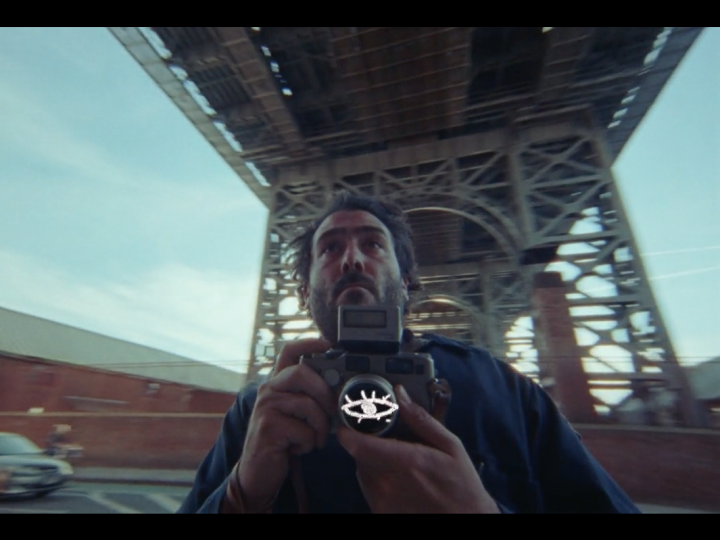The Analogue Film Renaissance and Tips on Getting Into Film
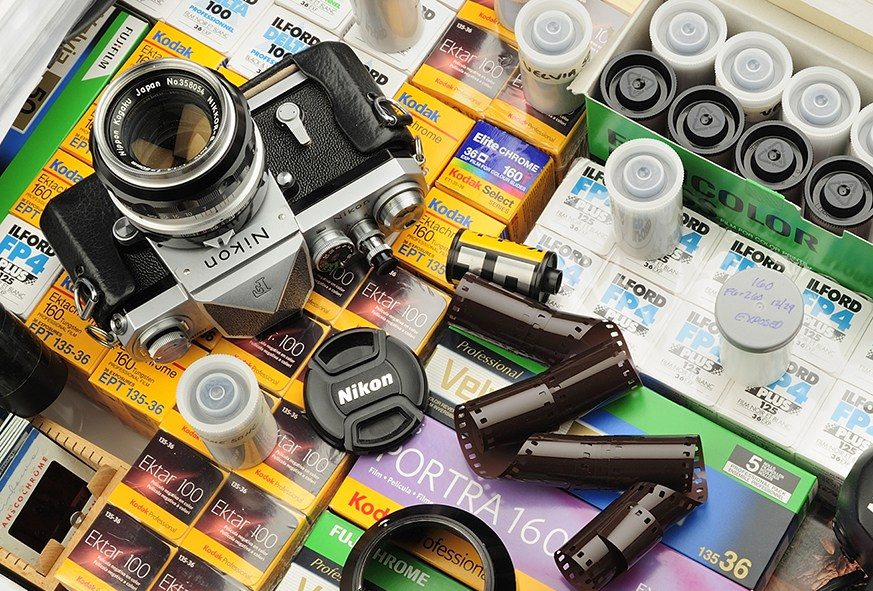 Thirsty for JUICE content? Quench your cravings on our Instagram, TikTok and WhatsApp
Thirsty for JUICE content? Quench your cravings on our Instagram, TikTok and WhatsApp

Film photography has been making a come back in recent years after having a lull in the early 2000’s, coupled with the newfound convenience of digital photography. But like the comeback of vinyl records, everything comes back in cycles. Whether you choose to move towards the realm of film photography for nostalgia, tactility or aesthetics, film will always hold a sense of allure that will draw us back to the medium.
With technology advancing day by day, digital photography has become more convenient than ever and we can get the photos instantaneously. If you carry a smart phone (which I’m sure a majority of you reading this are) you probably have a really powerful camera that comes with it. Photography has been simplified to just a touch of a button on our phones and we can get high quality photos without spending money on an expensive DSLR.
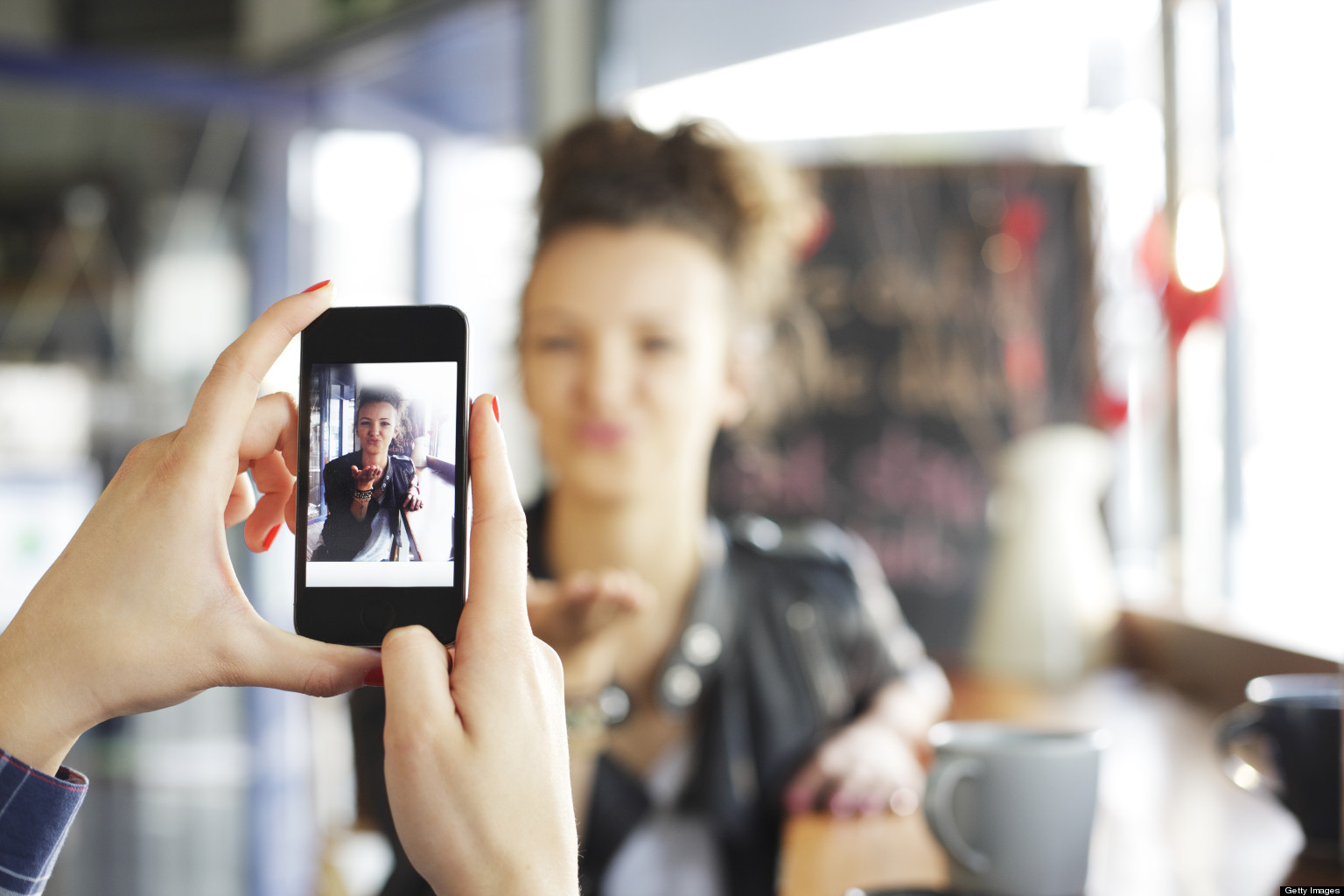
Digital photography, especially on social media, has been reduced to click spamming, hoping that one of the shots will be good. But really, where’s the fun in that? A lot of the mystery and joy that is associated with film photography is the waiting, waiting for your photos to get developed in the lab, not knowing if your photos are any good. The excitement lies within the anticipation, making you more emotionally invested in it. Alas, we are an impatient generation and we want everything instantly; that’s probably why film photography isn’t a popular medium anymore. But for the analogue faithful, film will always be a medium that will stay near and dear to their hearts.
Nowadays, you’ll probably only be able to find an analogue camera in a vintage/thrift store, Carousell or Ebay at best – as film cameras are obviously not in demand like they used to be. Or you can have a chat with your grandparents, they probably have their old camera collecting dust, which they could pass down to you. This is pretty great if you’re lucky because 1) it saves you a little money and 2) there’s emotional attachment to your new film camera.
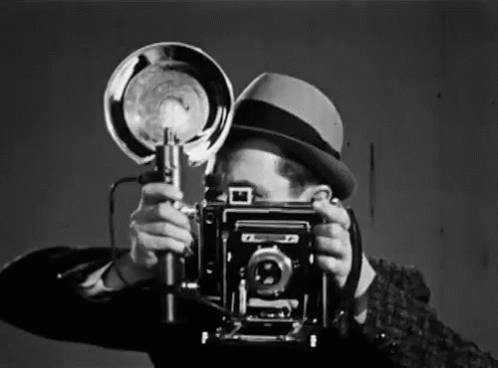
For a lot of those who have tried dipping their toes in the world of film photography in today’s world, what probably kick started their analogue journey was through utilising Fujifilm disposable or instax cameras. It’s definitely a good introduction into the photos that you can expect from film: the grain, the flash, the light leaks etc. But theres a whole other world of possibilities collecting dust and waiting for you to revive, explore and fall in love with it again.
Are you ready to take your analogue experience to the next level? If you are then continue reading.

1. Take time to learn the Exposure Triangle
This means: ISO, Aperture and the Shutter Speed.
Nowadays, people don’t really give that much thought before they take a photo, especially on their phones. General Manager of Lomography UK, Liana Joyce, says it best: “Using film makes people think about what they’re photographing. You only get one go, you can’t take 50 pictures and delete them all.”
Knowing and being aware of the Exposure Triangle and how it can affect the quality of your photos is important, so take some time to really learn and get acquainted with the exposure triangle alongside your film camera, it will really make all the difference.
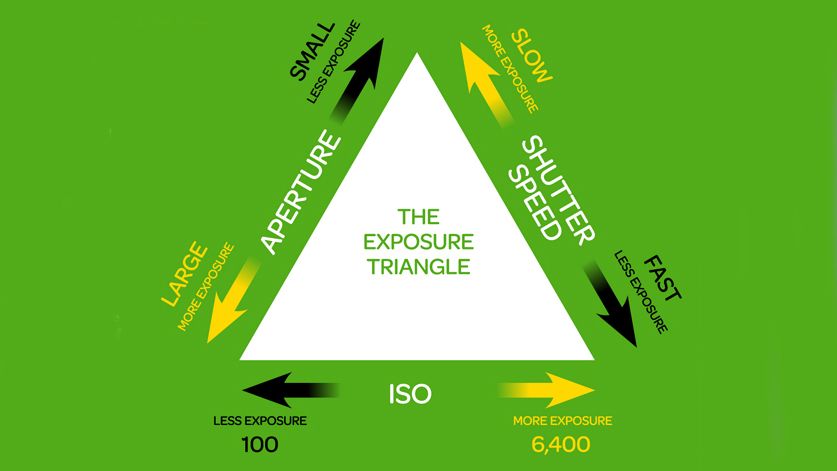
2. Knowing your film
There are many different types of film for analogue users: 35mm (the most popular), medium and large. You can also choose between black and white and colour film. Most beginners start out with 35mm colour film, it’s very accessible and also pretty inexpensive to buy.
The ISO of your film is noted on the box and also the cartridge. The ISO essentially measures the film’s sensitivity to light. The higher the ISO, more sensitive your film is to light. But that being said though, the higher the ISO the more grain you will get in your photos.
I personally would recommend starting with a 100 0r 200 ISO film and take photos outside, just get comfortable with taking photos. I’ve made the mistake of trying to shoot a 100 ISO film at night when I was starting out and I can safely say that those shots never saw the light of day.

3. Remember to load your film properly
I’m not gonna lie, this is probably the most frustrating mistake to ever do, and I’ve done it a few times too. It’s disheartening to go through a whole day thinking you’ve gotten a few good shots only to open the back and find that your film wasn’t loaded properly and now your roll is unusable because it has been exposed to the sun.
SO take my advice and load your film alongside watching a step by step YouTube video on how to load your film. Seriously, it’ll help and a lot. If you happen to make this mistake, don’t worry, it’s all part of the learning process and that will make you a better photographer in the end.
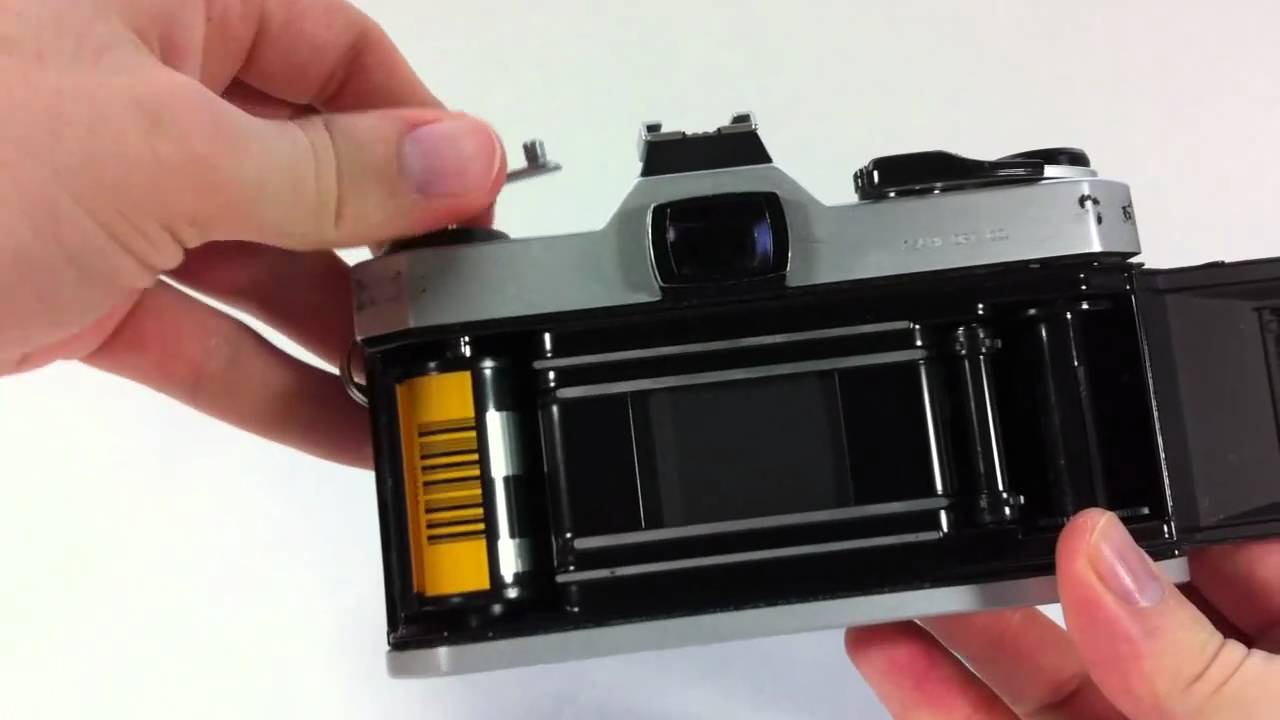
4. Shoot outdoors in bright daylight.
If you’ve just started your journey into the world of film photography the best advice that anyone could give you is to start your practice outside. As I said before, ISO 100 and 200 film is a great starting point and the best way to start experimenting is outside.
Shooting on a film camera is a totally new experience, it is nothing like digital photography, you can’t blindly click the shutter and hope that one shot will be decent. You have to start getting comfortable with your camera and being able to get some successful photos, so maybe grab a couple of friends and explore the city.
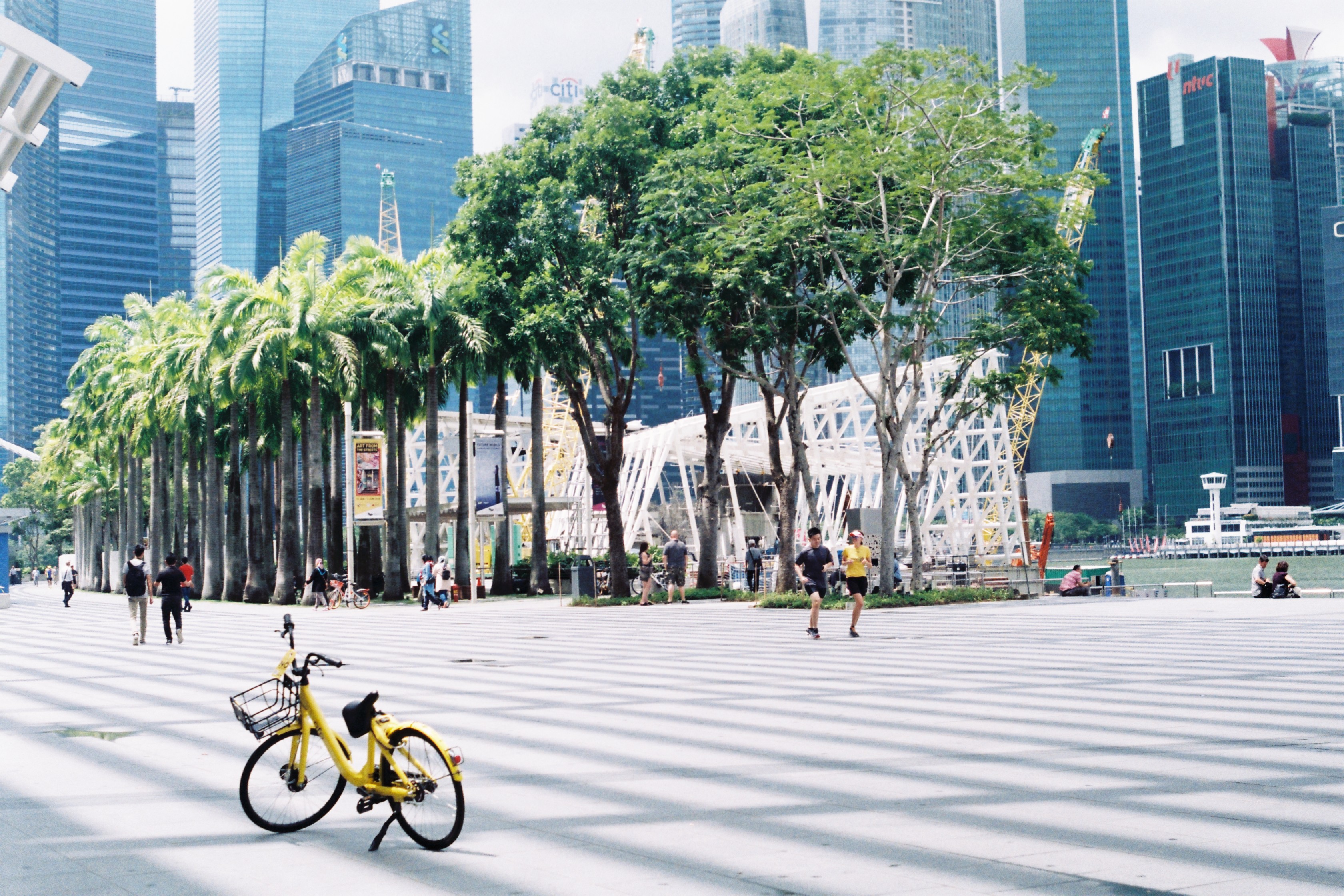
5. The best learning is through doing and experimenting
Yeah okay, film is definitely a bigger investment monetarily (and emotionally) than digital photography to some extent with the least guarantee that your shot will be successful. But really the only way you can get better is to keep practicing. Experiment with different ISO film, subject, coloured or black and white film.
Your first roll of film might not be the best – so what? As long as you continue learning the only way you can go is up.

6. Embrace the learning process
You will make mistakes, maybe a few, there is no doubt about that. The learning process to some might seem a bit strenuous, but when you’re passionate, every experience (even the bad ones) will make it all worth it. The best learning you will ever get is from experimenting and making mistakes. Embrace the mistakes, because that’s how we learn and become better people and photographers.

Are you thinking of getting into film photography? Let us know in the comments below what you think of analogue photography to the digital alternative.


 Get Audio+
Get Audio+ Hot FM
Hot FM Kool 101
Kool 101 Eight FM
Eight FM Fly FM
Fly FM Molek FM
Molek FM